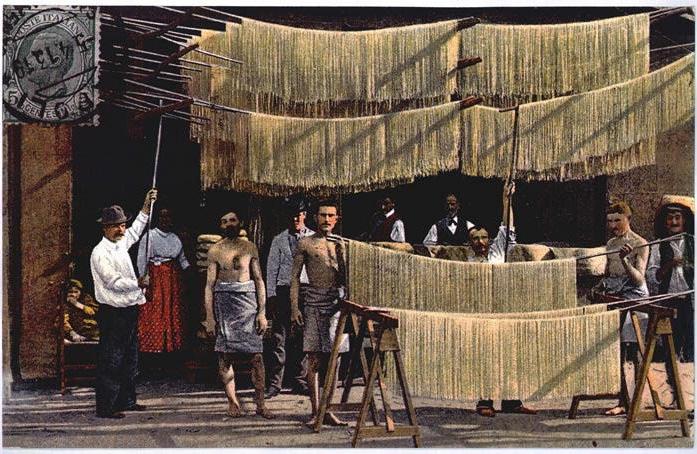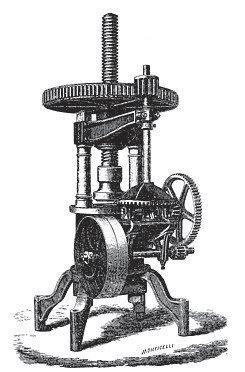
1 minute read
THE ORIGINS
The history of pasta begins when man abandon the nomadic life to dedicate to agriculture: the process of grounding and mixing wheat with water gave birth to one of the most widely consumed and loved dishes in history. The first evidence that proves the consumption of pasta dates back to over 3000 years ago: Greeks and Etruscans, a civilization from the center of Italy, used to cook thin doughs of wheat on hot stones called, in ancient Greek, “Laganon”. Hence the Latin word “lagnum”, often cited by Cicero in his writings to describe a dish favored by the Romans. The first reference of the Italian peninsula was made in 1154 when the Arab geographer Al-Idrin mentioned in one of his writings a “ filiform dish made with flour” produced in Sicily, or more precisely in Palermo. The belief that Marco Polo imported the pasta from China in 1295, therefore, is dispelled. The first population to dry the pasta was the Arab with evidences originated in the 9th century: the Bedouin and Berber populations dried the doughs made from durum wheat to allow long conservation.

Advertisement
From the 15th century, the drying process has also been adopted in Italy. Invented in this period was a machine called “the carousel” consisting of a wooden wheel used to hung pasta while spinning in a heated environment, allowing the doughs to dry.
The pasta’s most “iconic” recipe was born in 1554, when the tomato was imported for the first time from Peru. The streets of every Italian city were so crowded with pasta makers that Pope Urban VIII even had to issue a papal bull, imposing a minimum distance of 24 meters between one shop and another. Though it was initially perceived as an elite dish consumed only by the noble class, starting from the end of the 19th century, pasta saw its production switching from handicraft to mass production: from an aristocratic side dish, it became the “single dish” for the poorest groups of the population.







